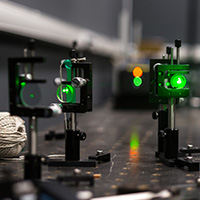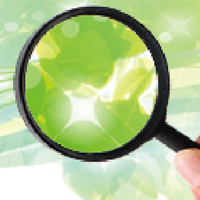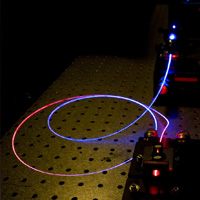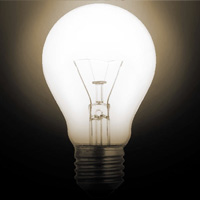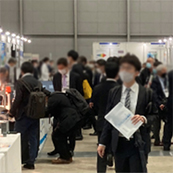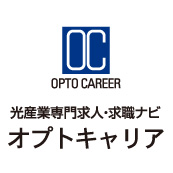Optics has a long and distinct tradition among physical sciences. Ever-present throughout human history, optical systems and phenomena have been subject of interest in all cultures and epochs, from the ancient times of geometrical optics, across the works of Alhazen, Kepler, Descartes, Newton, Huygens, Young, Fresnel, Poisson and many others, to the electromagnetic theory synthesis of Maxwell, culminating in the quantum mechanics revolution of the first half of the 20th century which has come to pave the way for modern laser and photonics technologies. Optical systems are ubiquitous in modern society, with an ever-increasing number of applications covering medical sciences (vision technologies, surgical instrumentation, medical imaging, drug delivery or cancer photothermal therapies), spatial exploration (telescopes, lenses, spectrometers), telecommunications (fiber optics), information processing (quantum computing), industry (from cutting, welding to precision metrology) and military-weaponry technology, to name but a few examples. Furthermore, laser and optical technology are in general essential to perform applied research in areas such as chemistry biology or medicine, providing fundamental analysis tools. The success of optical systems and technologies in high-end scientific research has also found its way into everyday consumer products such as printers, displays, discs, cameras, and eyeglasses, not to forget that optical fiber is crucial to telecommunications in general and internet in particular. This 11th edition of PHOTOPTICS will feature three different tracks on Optics, Photonics and Lasers, covering both theoretical and practical aspects. Scientific researchers, engineers, and practitioners interested in any of these fields are welcome to join us and present their work on new methods or technologies, advanced prototypes, systems, tools and techniques, as well as general survey papers indicating future directions. Accepted papers, presented at the conference by one of the authors, will be published on the Proceedings of PHOTOPTICS, with an ISBN. Acceptance will be based on quality, relevance, and originality. Both full research and work-in-progress reports are welcome. There will be both oral and poster sessions. Companies interested in presenting their products or methodologies or even researchers interested in holding a tutorial, workshop or special session are invited to contact the conference secretariat or visit the conference website.
CONFERENCE AREAS
Each of these topic areas is expanded below but the sub-topics list is not exhaustive. Papers may address one or more of the listed sub-topics, although authors should not feel limited by them. Unlisted but related sub-topics are also acceptable, provided they fit in one of the following main topic areas:
1. LASERS
2. OPTICS
3. PHOTONICS
AREA 1: LASERS
Biomedical and Therapeutic Laser Applications
Fiber Lasers and Applications
High Intensity Lasers and High Field Phenomena
Laser Spectroscopy and Microscopy
Quantum Electronics and Laser Science
Quantum Information and Communication
Semiconductor Lasers and LEDs
Laser Manufacturing Technology and Processes
AREA 2: OPTICS
Adaptive Optics
Applied Industrial Optics
Biomedical Optics
Computational Optical Sensing and Imaging
Fiber Optics Technology
Light-Matter Interaction
Optical Communications and Networking
Optical Instrumentation and Signal Processing
Optical Materials and Devices
Spectroscopy, Imaging and Metrology
AREA 3: PHOTONICS
Fiber Optics Devices
Terahertz Photonics
Microphotonics, Nanophotonics and Optical Manipulation
Nonlinear Optics and Photonics
Organic and Bio-Photonics
Photodetectors, Sensors, Displays and Imaging
Photonic and Optoelectronic Materials and Devices
Photonics for Energy, Green Photonics and Smart Lighting
Plasmonic Structures and Quantum Dots
Ultrafast Phenomena, Attosecond Science and Technology
Machine Learning in Photonic Systems
お問合せ先:PHOTOPTICS Secretariat
TEL: +351 265 520 185
FAX: +351 265 520 186
E-mail:photoptics.secretariat@insticc.org


